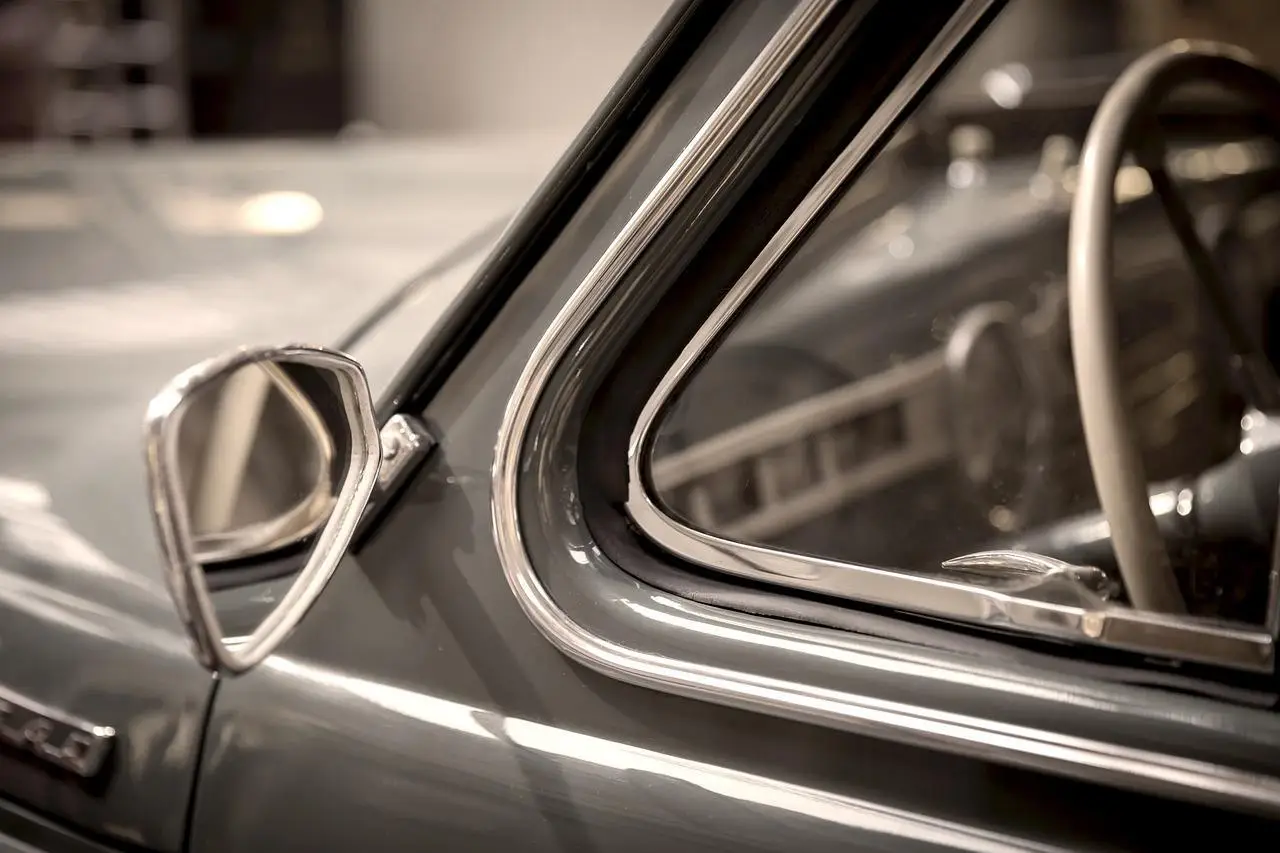Vehicles are more than just a means of transportation; they are an integral part of personal identity and societal progress. The shape and design of a vehicle can significantly influence how individuals perceive their surroundings and interact with the environment. This article explores the multifaceted ways in which a vehicle's shape can shape one's view of the world.
The Role of Design in Vehicle Perception
The design of a vehicle is not merely about aesthetics; it is a language of expression that communicates values, status, and identity. The sleek lines of a sports car evoke a sense of speed and freedom, while the robust frame of an SUV suggests power and safety. These design elements influence not only how a vehicle is perceived by others but also how the driver perceives themselves within the world.
Ergonomics and Driver Experience
Ergonomics plays a crucial role in shaping how drivers interact with their vehicles and the surrounding environment. The design of the dashboard, the positioning of the seats, and the visibility provided by the windows all contribute to the driving experience. A well-designed vehicle can enhance situational awareness, making the driver feel more connected to the road and their surroundings.
The Impact of Vehicle Shape on Safety Perception
Safety is a paramount concern for most vehicle owners. The shape of a vehicle can influence how safe it feels to drive. For instance, vehicles with a higher ride height, such as SUVs and trucks, often provide drivers with a commanding view of the road, fostering a sense of security. Conversely, smaller cars may feel more maneuverable, but they might not provide the same level of perceived safety.
Cultural Influences on Vehicle Design
Vehicle design is deeply rooted in cultural contexts. Different cultures prioritize different aspects of vehicle design, which in turn shapes how vehicles are perceived globally. In some cultures, compact cars are favored for their practicality and efficiency in urban environments, while in others, larger vehicles are preferred for their luxury and status.
Environmental Considerations and Vehicle Shape
With the growing emphasis on sustainability, the shape of a vehicle is increasingly being designed with environmental impact in mind. Aerodynamic shapes not only enhance fuel efficiency but also reflect a commitment to reducing carbon footprints. This shift in design philosophy can influence how individuals perceive their role in environmental conservation.
Technological Advancements and Vehicle Design
The integration of technology in vehicle design has opened new avenues for altering perception. Features such as advanced driver-assistance systems and autonomous driving capabilities are reshaping how people interact with their vehicles. These technological advancements are reflected in the design, often leading to futuristic shapes that signify innovation and progress.
The Psychological Influence of Vehicle Shape
The shape of a vehicle can have a profound psychological impact on drivers and passengers. A vehicle's design can evoke emotions such as excitement, calmness, or aggression. For instance, the aggressive styling of a muscle car can evoke a sense of power and dominance, while the smooth curves of an electric vehicle might convey tranquility and modernity.
The Intersection of Functionality and Aesthetics
Balancing functionality and aesthetics is a key challenge in vehicle design. While a vehicle must fulfill practical requirements, its shape also needs to appeal to consumers on an emotional level. The success of a vehicle often lies in its ability to harmonize these two aspects, creating a product that is both useful and desirable.
Vehicle Shape and Urban Mobility
In urban environments, the shape of a vehicle can significantly influence mobility and accessibility. Compact and agile vehicles are often better suited for navigating crowded city streets, while larger vehicles may struggle with limited parking and narrow roads. The preference for certain vehicle shapes in urban areas reflects broader trends in urban planning and development.
Future Trends in Vehicle Design
As technology and societal values continue to evolve, so too will vehicle design. Emerging trends such as electric vehicles, shared mobility, and autonomous driving are likely to redefine the shapes of future vehicles. These changes will not only influence how vehicles are perceived but also how they integrate into the fabric of daily life.
In conclusion, the shape of a vehicle is more than just a design choice; it is a powerful influencer of perception. From safety and ergonomics to cultural significance and environmental impact, vehicle design shapes how individuals engage with the world around them. As technology and societal values continue to evolve, so too will the role of vehicle shape in shaping perception.











